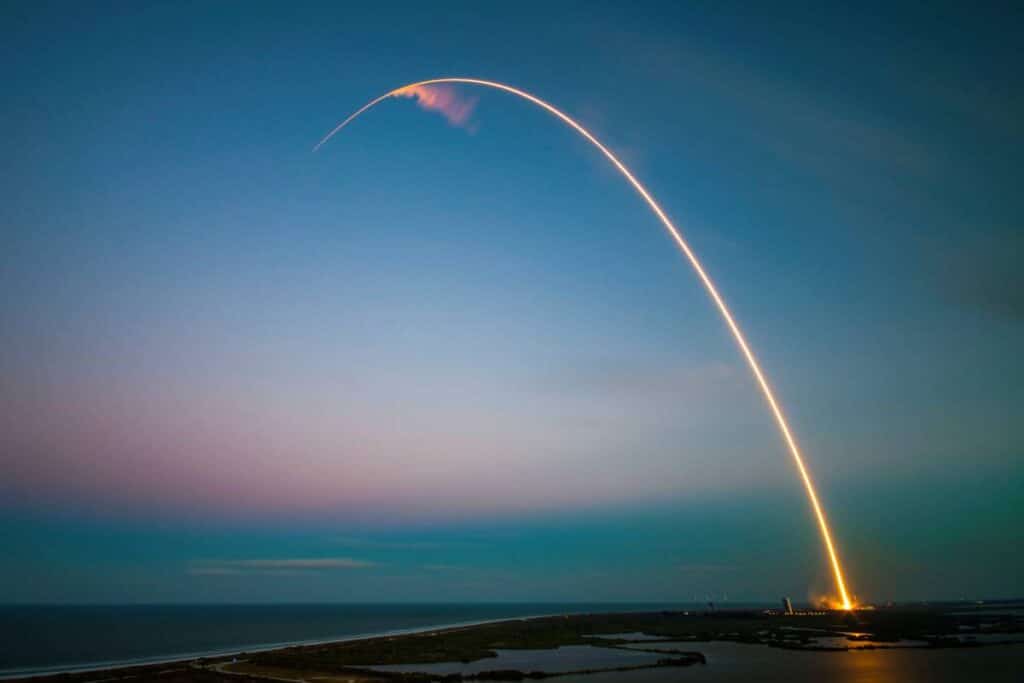Safran - Navigation & Timing
PNT Technology You Can Trust
With field-proven resilient positioning, navigation and timing products, Safran provides precise timing, synchronization, simulation, inertial solutions, and more PNT products for both commercial and defense industries.
Innovating the Future of Resilient PNT

Precision Time Servers
With over 20,000 units deployed in over 100+ countries, our time servers are field proven. You can depend on sub-nano second accuracy and reliable synchronization. Our precision timing products provide comprehensive security to protect against signal interference which means your network equipment will continue to run uninterrupted.
Robust GNSS Simulators
Safran’s area of excellence includes GNSS/GPS Simulators for both defense and commercial applications. You can generate Radio Frequency (RF) signals that mimic real world satellite signals to test your GPS receiver devices. By testing 1000s of different scenarios, you will be able to rapidly accelerate your testing process as well as increase confidence in your equipment performance.


State-Of-The-Art Atomic Clocks
Safran is the undisputed world leader in atomic clocks and oscillators. The most precise in the world, Safran atomic clocks are currently installed onboard satellites providing timing information to complex systems. By generating an ultra-stable frequency, our master oscillators have become the frequency standard for timestamping and timekeeping.
